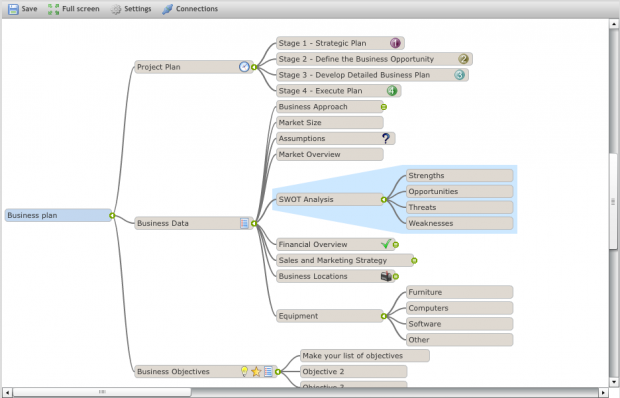Why Graphmind is a premier online collaborative tool
Breadcrumb
- Home
- PronovixBlog
- Why Graphmind is a premier online collaborative tool

At e-Deliberation, we host groups of between 15 and 80 persons to support their online collaboration in resolving challenges that they have assembled to tackle. These groups come from business and government organizations. Some of the groups are community-based. Their focus is usually on strategic planning and resolving “wicked” problems”.
We do this because we believe problems and challenges are best addressed when the people affected by them have had a chance to weigh in on their resolution. Our challenge when designing e-Deliberation was to provide our participants with an effective user interface to support this collaboration. Web-based collaboration is not a new phenomenon, but it is easy to see why traditional web-based collaboration interfaces have traditionally been of limited value. Have you ever noticed how Internet-based discussion forums are a lot like a shouting match? Each person pushes out their idea, there is minimum exchange between posters, and when there is, it often degenerates into flaming and other non-productive actions. Posts are often very curt but sometimes they can be very long, containing multiple ideas, which makes them difficult to respond to. What is being said is often ambiguous, and so is how it connects to what someone else posted, if at all. There is no effort to achieve a meeting of the minds. The posts add up to a heap of contributions, but certainly not to an integrated usable whole. Obviously, in designing the e-Deliberation process and supporting website, we needed a method of thoughtful exchange that would avoid the “heap” syndrome and instead foster a meeting of the minds. We needed an environment where participants can follow formal argumentation protocols (such as Argumentation Maps) if they want, but not necessarily. We needed something that was interactive, so if you post an idea, a colleague should be able to see it immediately and be able to build on it. A solution where each idea stands on its own, but where how it links up to other ideas is also very clear. After rejecting list serves, discussion forums and instant messaging as UI corner stones, we settled on using the Pronovix Graphmind tool. Pronovix partnered with us to adapt Graphmind to our use case and did a commendable job of it. Graphmind, as an interactive mindmap, was an optimum solution to support team-based conversations because:
Not everyone is familiar or comfortable with using mindmap to express and structure their thoughts individually or in teams. We tell our participants to remember what they were taught in grammar school: each paragraph should contain a single idea. Think of the mindmap node title as the summary of that idea. That summary is what shows up in the mindmap itself. Think of the paragraph itself as the description of the node. You enter that in the Short Description field when you create a new Graphmind post. If you have a substantial thought and you were to write it out, your text would likely be composed of say, 3 or 4 paragraphs – 3-4 main ideas. In a mindmap, these would be 3 or 4 nodes connected together based on how these ideas are related. If an idea provides an example or expands on a basic idea, it would likely be an off-spring node. Anyone looking at a mindmap will quickly see what it is about and be able to contribute to it. That’s precisely the point. We consider Graphmind as an essential component of the e-Deliberation process for supporting both asynchronous and synchronous conversations.

Diána is a Senior Technical Writer at Pronovix. She is specialized in API documentation, topic-based authoring, and contextual help solutions. She writes, edits and reviews software documentation, website copy, user documents, and publications. She also enjoys working as a Program Monitor for NHK World TV and Arirang TV. She graduated as a programmer, then went on earning system administrator and system analyst and designer degrees. She's fluent in English and German, and worked as a translator for a publishing company translating books from German to Hungarian. She's the Hungarian translator of Basecamp. Before becoming a writer, she worked with international clients like Sony Pictures Television, Da Vinci Learning and The Walt Disney Company as a key account manager in integrated marketing campaigns focusing on digital media.
Articles on devportals, DX and API docs, event recaps, webinars, and more. Sign up to be up to date with the latest trends and best practices.

